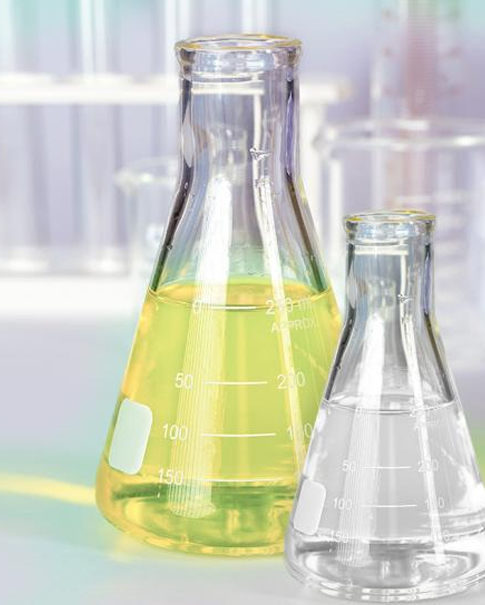-
Make a Call : +86 13339003661
-
Get A Estimate : sales@cattelanpdcpd.com
Make a Call : +86 13339003661
Get A Estimate : sales@cattelanpdcpd.com

Application of PDCPD New Materials on Electrical Vehicles
Oct 12, 2024The trend of global electric vehicles (EVs) has been on the rise in recent year, the combination of environmental awareness, government support, technological advancements, cost reduction, increased model availability, and growing public acceptance has fueled the global trend towards electric vehicles. As infrastructure continues to develop and battery technology advances, it is expected that the popularity and adoption of electric vehicles continue to grow in the coming years.The component productions of EVs are paying more and more attention to the new materials.
PDCPD (Polydicyclopentadiene) is a thermosetting polymer that offers several advantages in terms of product durability when used in various industries, including the production of components for electrical vehicles. Here are some ways in which PDCPD new materials can improve product durability in the electrical vehicle industry:
Corrosion Resistance: PDCPD materials have excellent resistance to corrosion caused by chemicals, solvents, and saltwater. This is particularly important in electrical vehicle applications where the components may be exposed to harsh environments, such as road salt or battery electrolytes. By using PDCPD materials, manufacturers can ensure that the components have enhanced durability and longevity.
Impact Resistance: PDCPD exhibits excellent impact resistance, making it suitable for components that may be exposed to mechanical stress or accidental impacts. In the electrical vehicle industry, PDCPD can be used to produce durable and impact-resistant battery enclosures, bumpers, exterior panels, and other structural components, reducing the risk of damage during collisions or normal operation.
UV Stability: PDCPD materials have inherent resistance to UV degradation, which makes them well-suited for outdoor applications in electric vehicles. Exposure to sunlight and UV radiation can cause degradation and fading of components over time. By using PDCPD materials, manufacturers can ensure that the components maintain their structural integrity and aesthetics for a longer period, even under constant exposure to UV rays.
Thermal Stability: PDCPD exhibits excellent thermal stability, with a high melting point and low coefficient of thermal expansion. This property makes it ideal for components that are exposed to fluctuating temperatures, such as battery enclosures, motor housings, and under-the-hood components. PDCPD materials can withstand thermal cycling without significant deformation or loss of mechanical properties, ensuring long-term durability.
Electrical Insulation: PDCPD materials have excellent electrical insulation properties, offering high dielectric strength and low electrical conductivity. This makes them suitable for applications where electrical components need to be isolated and protected. In the electrical vehicle industry, PDCPD can be used for producing insulating covers, connectors, and other components, ensuring reliable and durable electrical performance.
By utilizing PDCPD new materials in the production of various components for electrical vehicles, manufacturers can enhance product durability, improve resistance to harsh environments, increase impact resistance, and ensure long-term performance. These properties contribute to the overall reliability and longevity of electrical vehicles, meeting the demands of sustainable.